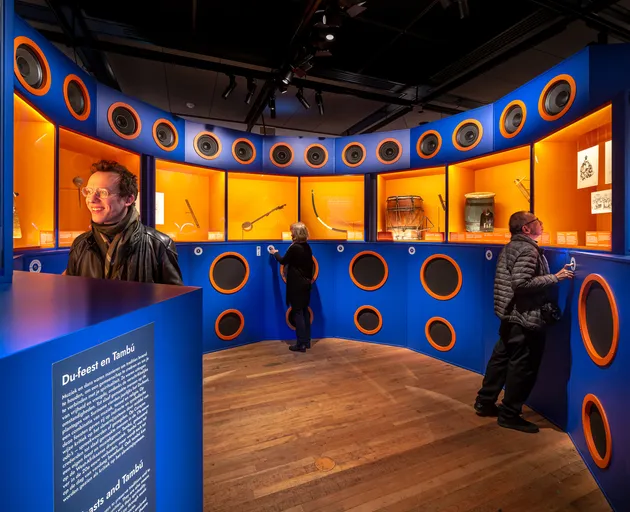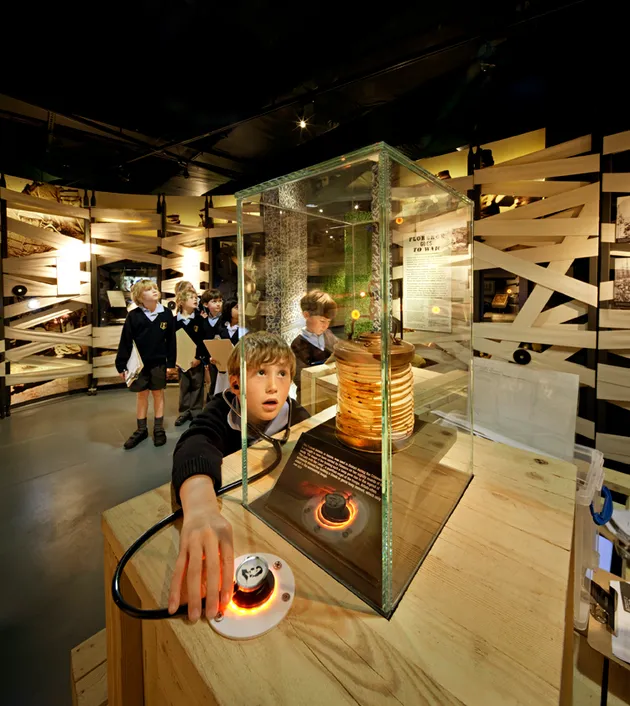WAR THROUGH A LENS OF EMPATHY
The Story of Emily
This exhibition tells the story of the Second Anglo-Boer War (1899 – 1902) in South-Africa and its aftermath, focusing on the activism of feminist Emily Hobhouse. Amidst the spiraling war and suffering, Emily stood apart as one of the few who focused on preserving humanity rather than contributing to its destruction. Like Emily, we invite visitors to explore the many facets of this history through a lens of empathy and compassion.
- Location
- St Ive, Liskeard (UK)
- Client
- The Story of Emily
- Year
- 2024
- Service
- Turn-key
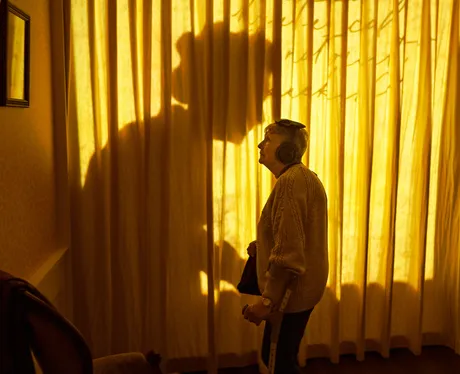
Three-part collage
A cinematic experience
Across twenty-four consecutive audiovisual rooms, visitors become a fly on the wall in Emily’s story; walking through what feels like the film set of her life. An audio narrative guides them step by step through a series of historical scenes, continuously shifting perspectives between Boer fighters, British soldiers, and the Black population. Scenography, original objects, and animations are seamlessly synchronized with dynamic lighting, creating a powerful suspension of disbelief throughout the experience.
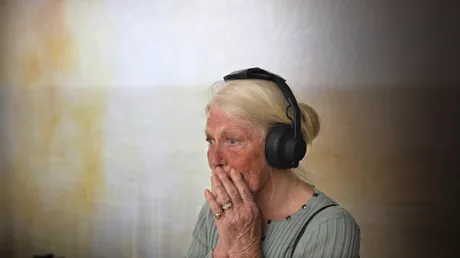
Three-part collage

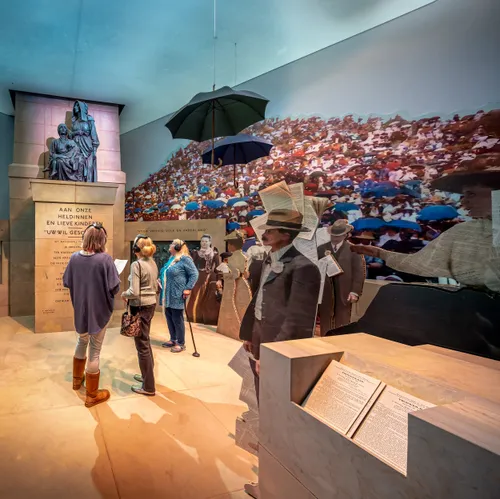
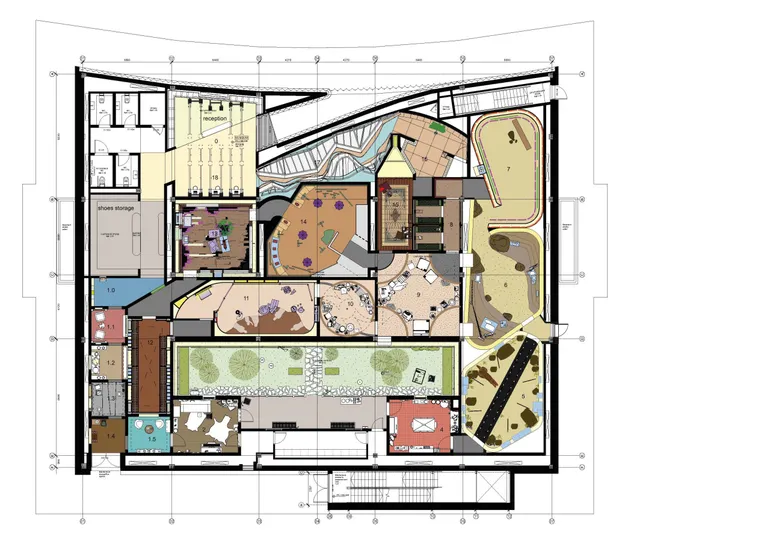
Shifting perspectives
How can visitors come as close as possible to the lived experiences of those in the Boer War? By vividly presenting multiple perspectives and placing individual choices within their historical context, the exhibition evokes empathy for people on all sides of the conflict. Amid the devastation, it also highlights how rare, and how difficult, it is to stay true to one’s moral compass. Emily Hobhouse did just that. Refusing to be swayed by violence or blame, she turned her attention to those who suffered most: the women and children in the camps.
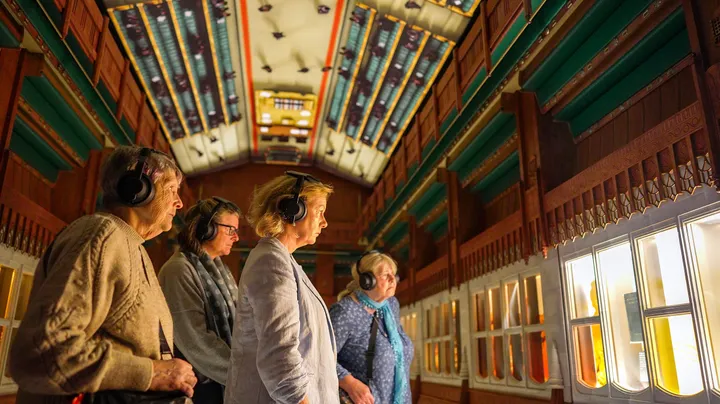

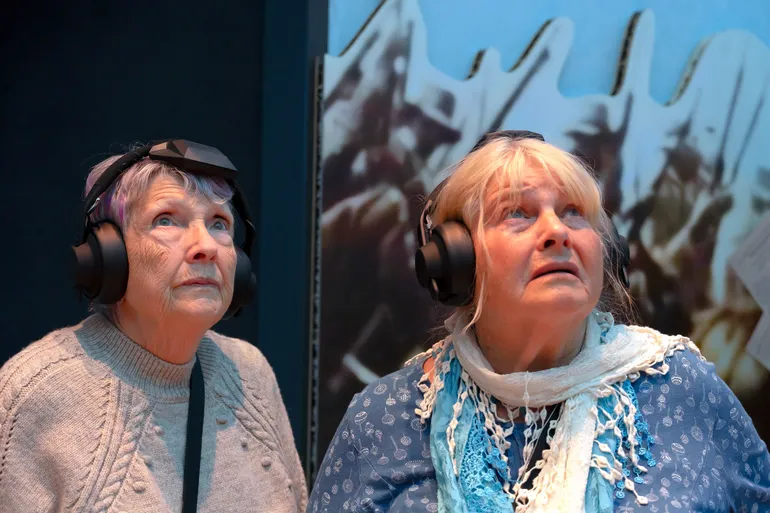
An eye for detail
An immersive experience like this can easily come accross as gimicky and fake. To emphasise the story’s authenticity, we heavily relied on original artefacts, photographs and on using the authentic language of the time. Objects are a key part of the storytelling, with showcases that illuminate throughout the timed shows to direct attention. And it’s not just the objects on display. Everything is as historically accurate as possible: from the clothes on the wash line to the way the doors open in the South-African homesteads.

Frozen in time
The chair and desk in the room portraying Emily’s last days are detailed replicas of her actual furniture. The desk is covered in correspondence with her friend Tibbie, the bookshelves are filled with books Emily would have read in real life, and the wall shows pictures of her at different ages, many of which were supplied by her descendant. It is all as if Emily’s just left the room.
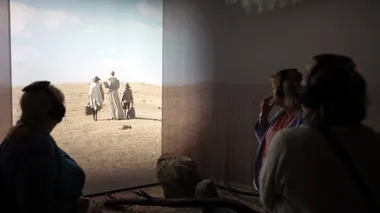
Reconstructions
A 360° virtual reality film transports visitors back to 1901, offering a first-hand glimpse into life inside a British concentration camp. Filmed near Johannesburg with a cast and crew of over 80 people, the powerful scene follows a Boer woman as she mourns her sick child.
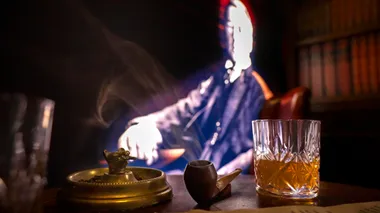
Decor pieces
From the smoking pipe in Chamberlain’s gentlemen’s club to the tools beside the hearth, every decor object was chosen or designed to feel authentic. To source or recreate these items, we worked closely with experts in both the UK and South Africa.
Project data
- 133Pourced collection pieces on display
- 20+Parties working on this project with us
- 96%Visitors that would highly recommend this exhibition to others
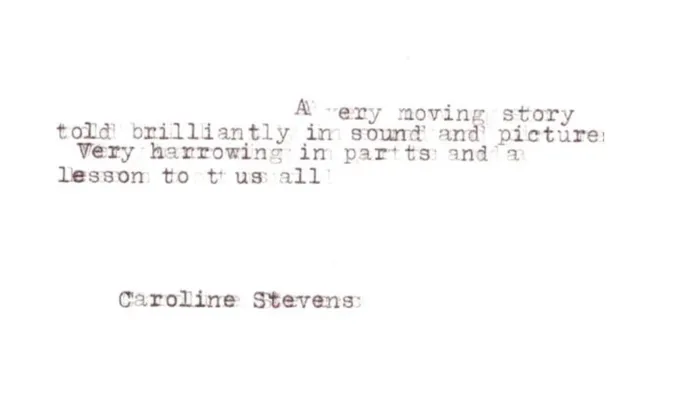
The technical brilliance and authenticity of the exhibition is only matched by the poignancy of the story it tells. Incredible.
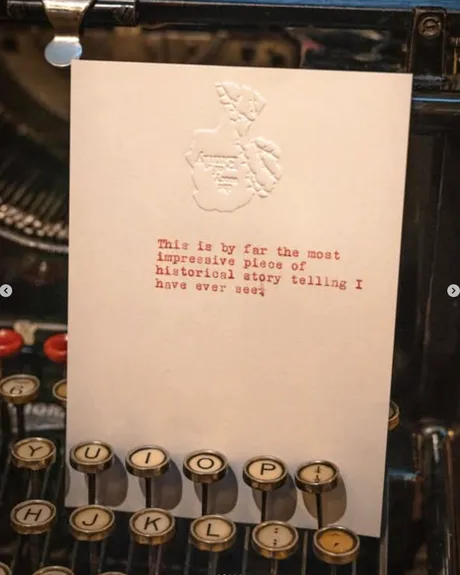
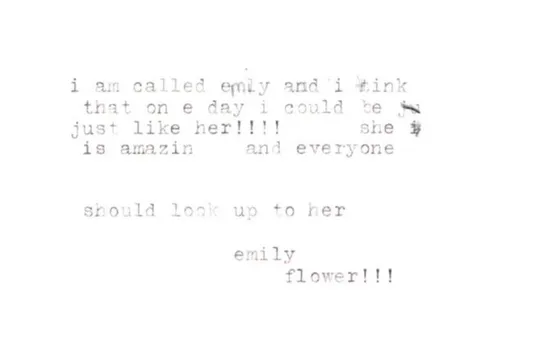
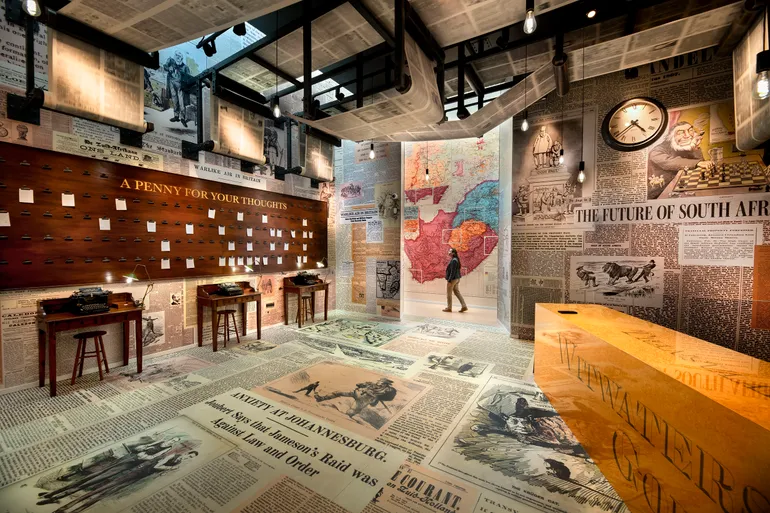
Awards
International Design Awards 2025
- Bronze winner

